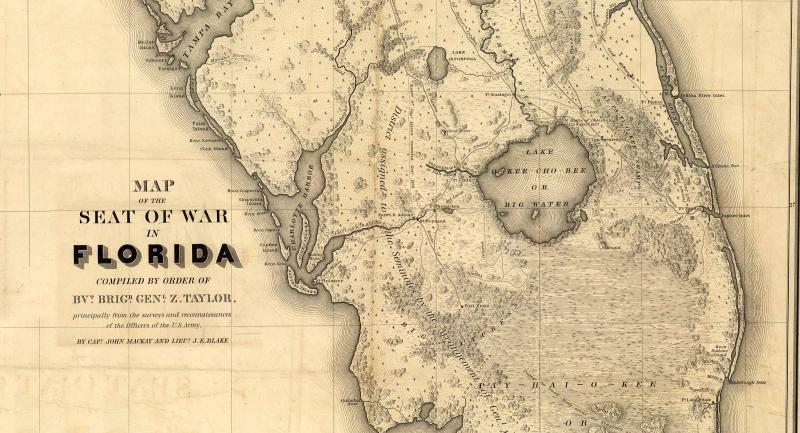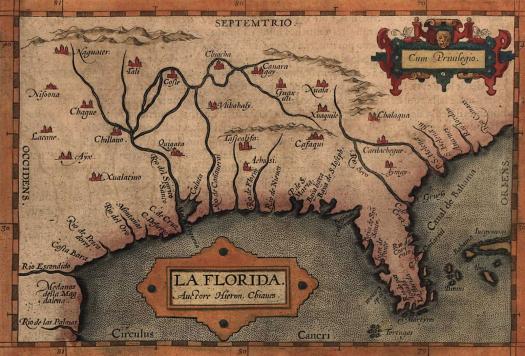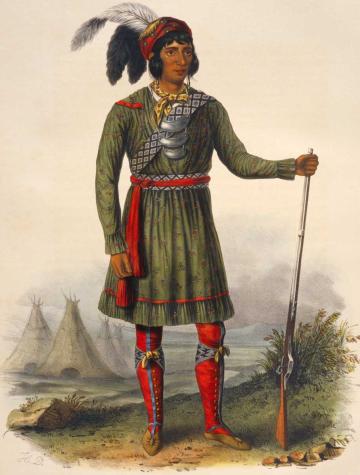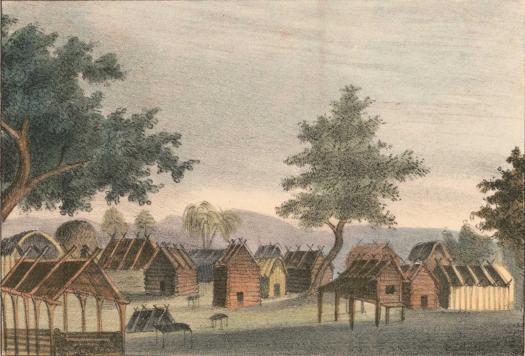Sometime in the early 1500s — an unknown Spanish cartographer was updating a map of the New World. He sketched a meandering river in a previously uncharted region. Like all cartography, it was part accurate representation, part educated guess. Perhaps out of wishful thinking, he decided to call it Rio de la Paz, or the “Peace River.”
To the Seminole Indians, who settled on its banks two centuries later, it was Tallackchopo, “The River of Long Peas,” for the wild peas that covered the river’s banks. Displaced from their homelands in the southeastern United States, bands of Lower Creek Indians migrated to Florida and the Peace River Valley in the early 1700s, while it was still under Spanish rule. There they mingled with runaway slaves and adopted the colorful attire of Scottish traders, forging a unique culture and coming to be known as Seminoles, or “separatists.”
The late 1700s was a chaotic and violent time in Florida. Battles over land and slaves were commonplace. The Indian Removal Act of 1830 created additional turmoil. During this time, two legendary Seminole leaders emerged, Osceola (a.k.a. Billy Powell) and Abiaka (a.k.a. Sam Jones). Osceola was a courageous and charismatic warrior.
In 1835 he was asked to sign a treaty relocating the Seminoles from the Peace River Valley to “Indian Territory” west of the Mississippi. Osceola refused and within weeks the Seminoles and the United States were at war for the second time. The war lasted seven years, and by its end, every Indian settlement in the Peace River Valley had been ruined. The Seminoles and runaway slaves not killed or captured were driven into hiding deep in the Everglades.
The third and final Seminole War erupted in 1855 when a crew of Army surveyors vandalized a banana field belonging to Chief Billy Bowlegs. Although the chief eventually surrendered, a small band of his warriors refused, fleeing to the Big Cypress Swamp — where their descendants live to this day.




